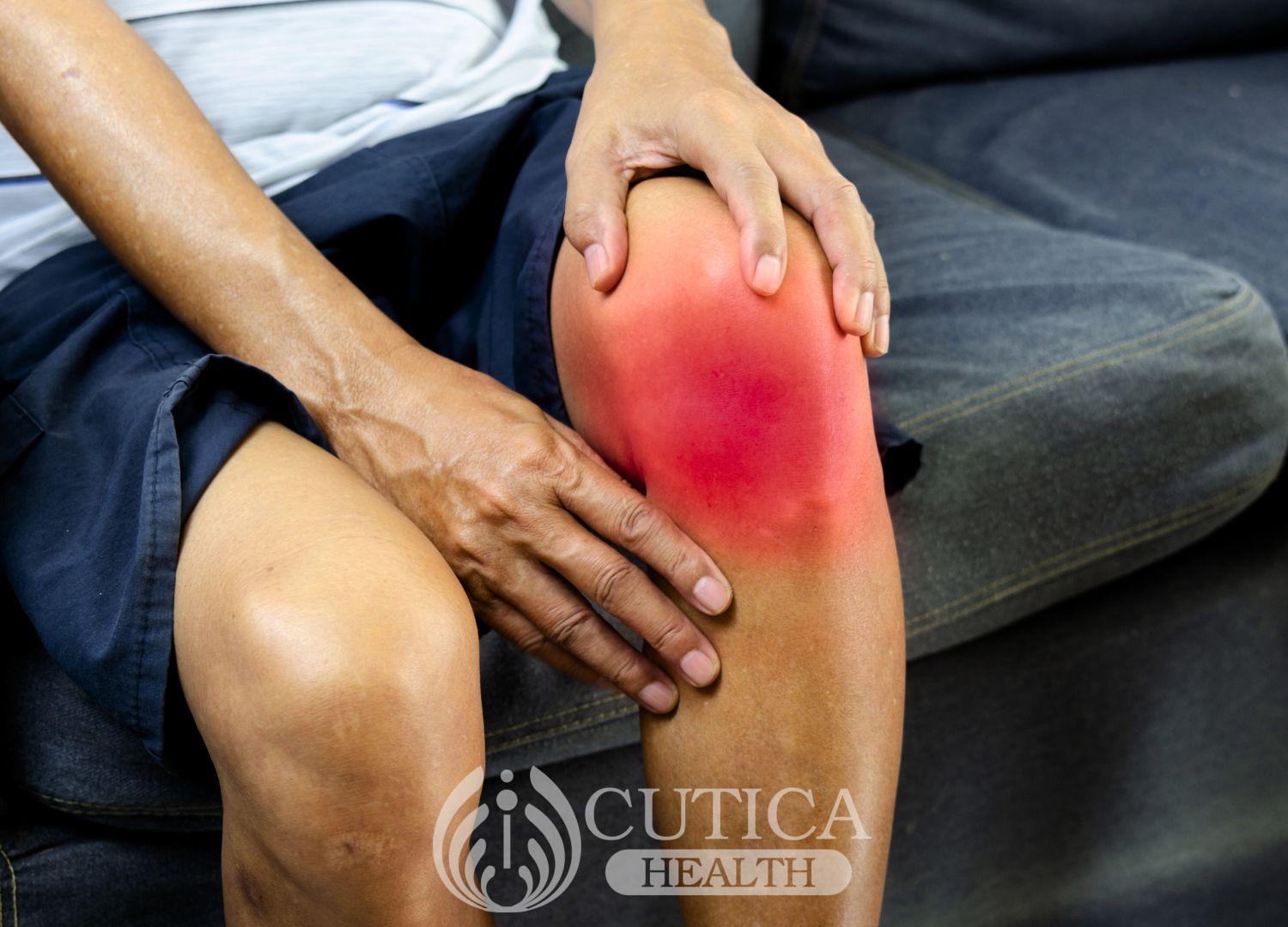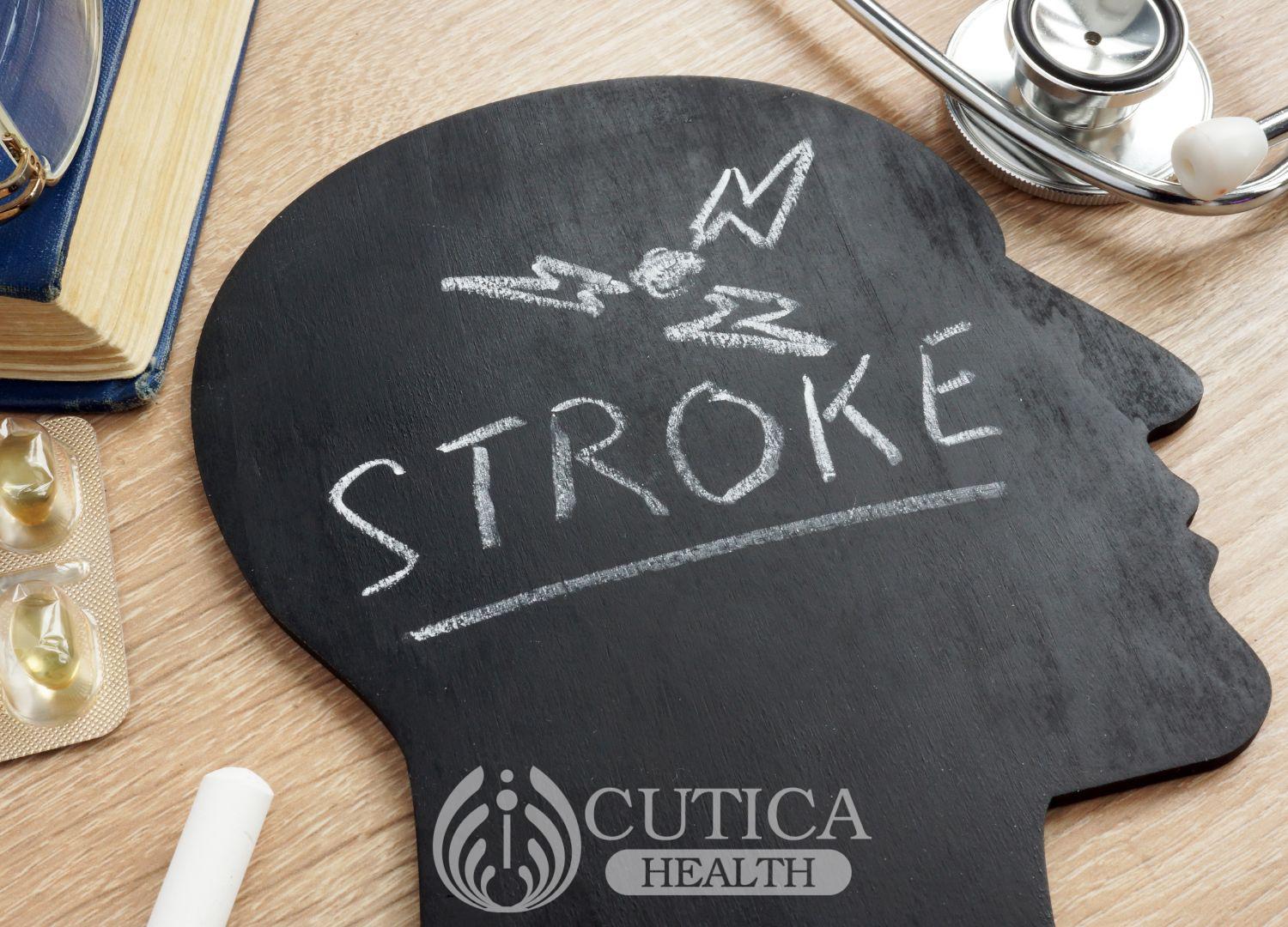
Do you remember how you felt the last time you stubbed your toe or hit your head against a wall? You probably winced in pain or cursed. Nobody likes to be in pain as it is an unpleasant feeling that causes physical, emotional, and even mental distress.
Severe pain can interfere with one’s usual activities and decrease the quality of life. Of the different ways that pain can strike, musculoskeletal pain is one of the most common.
What is muscle pain, skeletal pain, and musculoskeletal pain?
There is no shortage of muscIes that can cause muscle ache because there are over 650 muscles supporting our bones! |
Muscle pain, as the name implies, is simply pain that affects the muscles. You can experience this pain or discomfort in any part of your body. Muscle pain usually feels like a steady ache, but it can also be sharp. The pain can be localized or generalized.
Some common causes are muscle cramps or spasms, straining during physical activity, injury during exercise or physically demanding activities, and poor warmups prior to exercise.
Quite often, the cause of muscle pain is obvious, particularly if the pain starts during or immediately after the event that caused the pain. It is also possible for the onset of pain to be delayed, such as low back pain the day after lifting a heavy object. If you are experiencing muscle pain and can’t pinpoint the cause, perhaps it’s time to see your doctor. There is a long list of things that can cause muscle pain, ranging from medication side effects to infection, inflammation, and disease of the muscle.

Skeletal pain is common following trauma, otherwise it tends to affect more middle-aged or older people due to osteoarthritis from years of wear and tear on the joints. |
Bone is the source of skeletal pain. As such, the pain may be deeper and sharper than muscle pain, and it may be more intense.
Other causes of skeletal pain are bone diseases like osteomalacia (softening of the bones typically due to vitamin D deficiency) and sickle cell crisis.
The combination of muscular and skeletal pain is known as musculoskeletal pain , an apt description when it is difficult to separate muscle pain from skeletal pain. This is often the case when the underlying cause of pain is inflammation, such as in rheumatoid arthritis.
Musculoskeletal pain can be particularly debilitating if it runs a chronic course. Chronic pain contributes significantly to disability globally. The Pain Task Force defines chronic musculoskeletal pain as chronic pain in the muscles, joints, or tendons that is characterized by significant emotional distress (anxiety, anger, frustration, and depressed mood) or functional disability. One form of chronic pain, called fibromyalgia, is particularly frustrating for both the sufferer and the clinician because the cause and best treatment are uncertain.
Where will relief come from?
Over-the-counter pain medications are often the first option . These medications are usually a good option for short term pain management. These include acetaminophen, the active drug in paracetamol, panadol, etc. that relieves pain but does not treat inflammation. On the other hand, anti-inflammatory medications (aspirin, diclofenac, ibuprofen, etc.) treat both pain and inflammation. These anti-inflammatory pain medications can help reduce swelling. Doctors can prescribe stronger doses of medications that are available at lower dosages without a prescription.

If using an over-the-counter pain medication, familiarize yourself with its side effects. Do not overuse these medications. Consult your doctor before taking any pain medication if you have or are at risk of liver disease, kidney disease, heart disease, or other chronic medical conditions. |
Stronger, more potent pain medications, called opioids, are available only by prescription (i.e., are controlled) due to their association with abuse and addiction.
Apart from orally administered pain medications, there are topical options, which are applied directly to the skin overlying the painful area. Topical medications are formulated as gels or creams and often contain the same drugs as oral options. Sometimes, treatment involves injecting an anaesthetic or anti-inflammatory medication into or around the painful site.
Compared to oral medications, topical drugs have the advantage of rapid action because they are applied directly to the affected area, bypassing the stomach and digestive system, and the associated side effects. In addition, they tend to be safer for other internal organs like the kidney and liver. |
Relief through other means
Application of a warm compress increases the flow of blood and nutrients to the area and can provide some relief when muscle stiffness is the issue. A cold compress, on the other hand, reduces blood flow and is helpful to reduce swelling and pain. Physiotherapy and occupational therapy are underutilized in managing musculoskeletal pain, partly due to a shortage of trained professionals. Back pain is an example of musculoskeletal pain where physiotherapy can produce dramatic relief.
Alternative therapies like acupuncture and acupressure, therapeutic massage, and chiropractic management also have their roles in the hands of skilled professionals. Surgery may be inevitable where conservative management has failed.
People living with persistent pain often report a negative effect on their mental health, including anxiety, depression, and sleep disorders. Considering this, therapies such as cognitive behavioural therapy, counselling, and stress reduction may need to be explored in some people dealing with chronic pain.
An informed patient is the best patient
Educating patients about their condition ensures they are a part of the decision-making process, especially in those who must deal with pain for a long time. This involves giving appropriate advice on all treatment options, the type of physical activity to be engaged in, and healthy habits such as maintaining a good posture. Patient education also helps to set realistic expectations and manage flare ups.
Find your relief
Everyone has experienced musculoskeletal pain and will likely experience it again. The key is to use a remedy that matches the pain; don’t use an opioid medication when a topical anti-inflammatory medication is sufficient. In all cases, work on eliminating or managing the root cause of pain. Otherwise, you may keep banging your head against the same wall.
This article was sponsored by Fidson Healthcare Inc .












